“The art of healing comes from nature, not from the physician.
Therefore the physician must start from nature, with an open mind.”
-Paracelsus-
Spagyric
(Spa-jeer-ik)
‘Spao’– To Separate ‘Agiero’– To Re-combine/Re-awaken
A traditional preparation from the art and practice of Hermetic Alchemy that exalts the material that is being processed.

Spagyrics are becoming more well known as a viable and effective means to producing plant medicines, but the reach and efficacy of these preparations stretches far beyond the plant realm; and philosophically beyond the realm of physical preparations.
From a cosmological perspective the concept and practice of Spagyrics is beautifully simple; based on the inherit patterns recognized in nature. However, this art is often obfuscated through overcomplication and misunderstanding. It is with hope that this article can demystify the art and practice of Spagyrics enough that it can be grasped by the novice and elucidated upon for the mildly initiated.
The term itself was coined by the 16th Century Austrian Physician Philippus Aureolus Theophrastus Bombastus Von Hohenheim, better known as Paracelsus. Most simply this term means “to separate (Spao) and re-combine (Agiero).” In the most basic sense, the practice of Spagyric Medicine is just that: separating the starting material (in this article we will focus on plants) into its principal parts. Purifying those principles. And putting them back together in what is considered an exalted and superior medicine.
Conceptually this may sound like an insurmountable task, but the only way to understand is to observe. The art of Spagyrics and Alchemy is based in the observation of nature and the earnest attempt to mimic the patterns that are rooted in the cycles of the natural world. So let’s see if we can take this subject, which seems somewhat obtuse, and distill it down into something that is tangible and practical.
First it would benefit us to address the point and purpose of the pursuit of Alchemy in general and Spagyrics in specific. To the uninitiated and unfamiliar the understanding of the pursuit of Alchemy is likely limited to the attempt of turning lead into gold. Beyond this practice of purifying and perfecting metals is a foundational intention of creating superior medicines by exalting the potential of plants, mushrooms, animals and minerals.
“Many have said of Alchemy, that it is for the making of gold and silver.
For me such is not the aim, but to consider only what virtue and power may lie in medicines.”
-Paracelsus-
With this goal in mind, to discover what ‘virtue and power may lie in medicines’ we pursue separation of our material with the integrity of the natural world. This is best expressed by observing the natural world itself: when something dies, whether it be animal, plant, or mineral it begins to ‘give up the ghost.’ Its life force is driven from the vehicle which as contained it for its terrestrial incarnation.
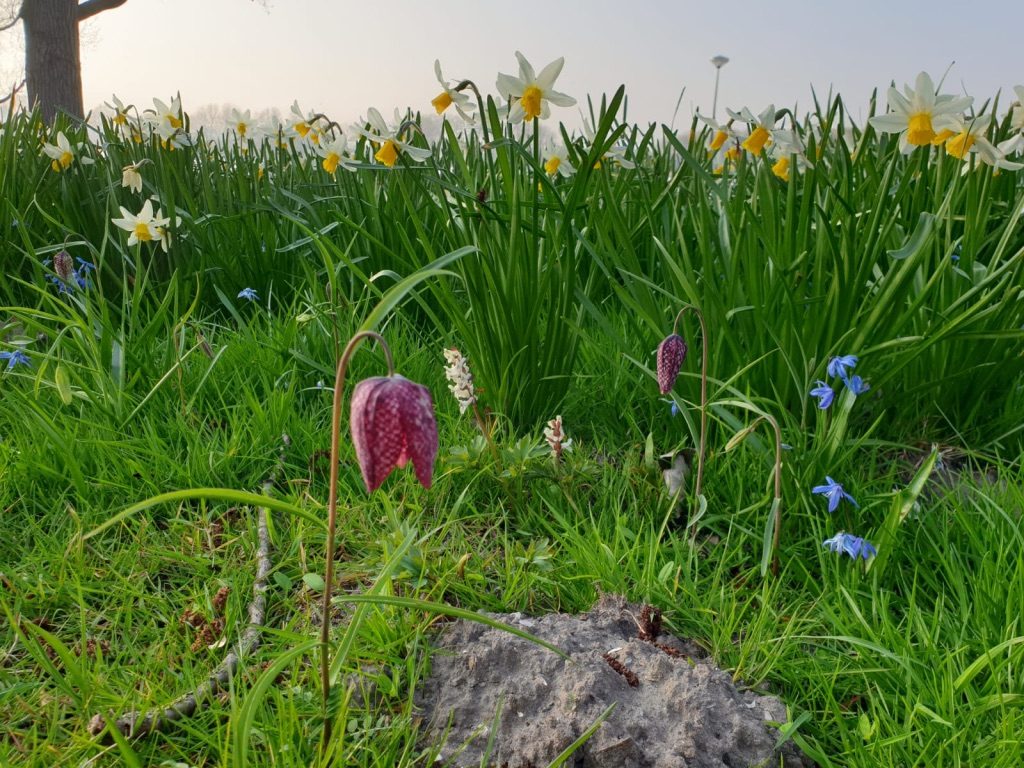
In animals we see the cessation of movement and bodily functions. In plants we see it in the wilted leaves and the oxidation and discoloration of flowers, stems, leaves etc. For every minute it exists outside of its connection to sustenance and life it decreases in its vital force. This is most notable with fresh material which shifts quickly from vital and full of life to limp and decaying over a number of days. You also see it over long periods of time with dried herbs. Plants that are more fresh seem to have more of that vital essence: scent, color, taste and a vibrant appearance. Plants that have been sitting dried, especially poorly contained or protected, have less odor, a brownish color, and a weaker taste.
For this purpose, and any time you are working with plants as medicine it is best to work with fresh plant material. In processing Spagyrics it is critical that you are able to work with fresh material in the prime season for the specific plant to capture that vitality at its peak.
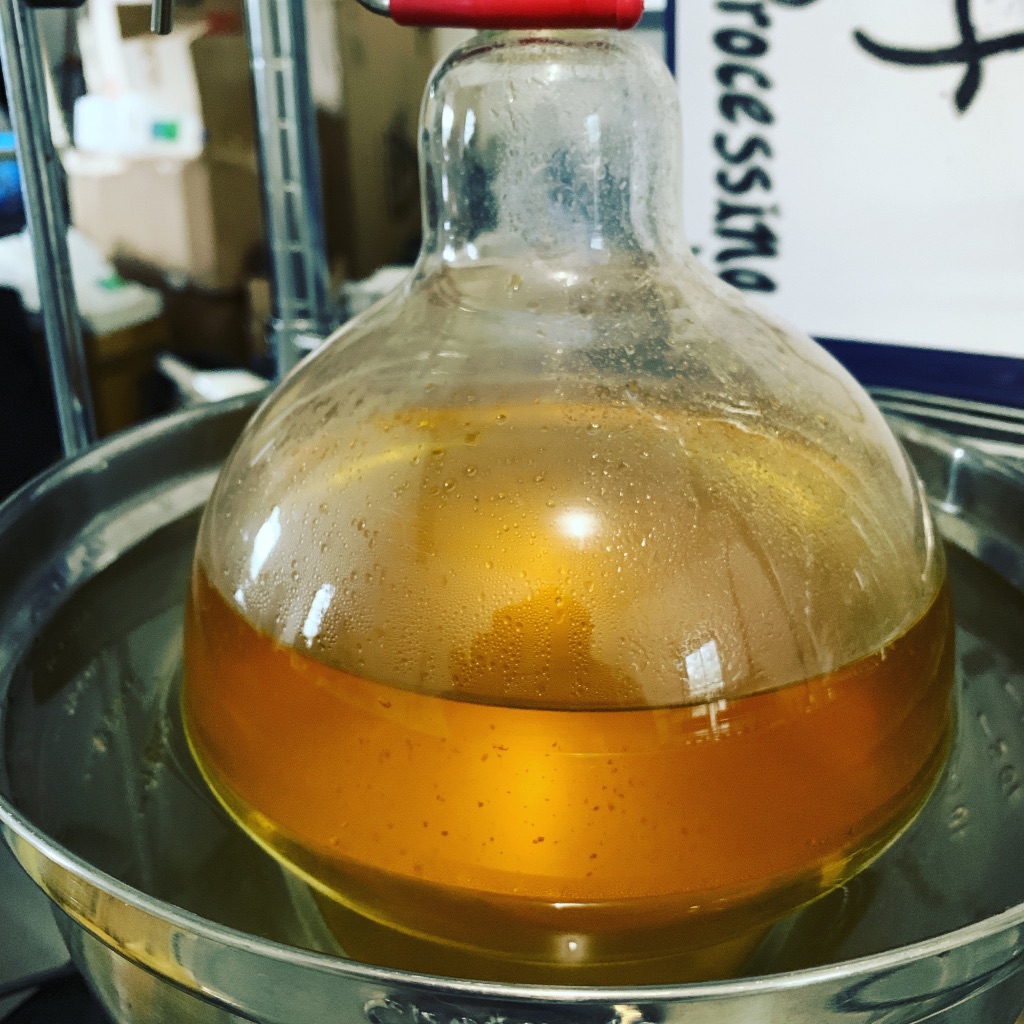
We look at the laboratory and the flask in which we process as the Microcosm that mirrors the Macrocosm. The below that mimics and captures the above. In this way, the vital force that would otherwise would return to the firmament is captured within the universe of our flask; elevated to the heavens of our microcosmic world and condensed back down into a more exalted terrestrial form.
Through this process we are able to open up our material and access the three principles that are foundational to any living being: the Salt, Sulfur, and Mercury. Keep in mind that these are philosophical principles not their standard elemental or compound definitions:
The Salt represents the most terrestrial form, the vehicle through which the other two principles move. These salts are physically represented by the alkaline mineral salts present within the material.
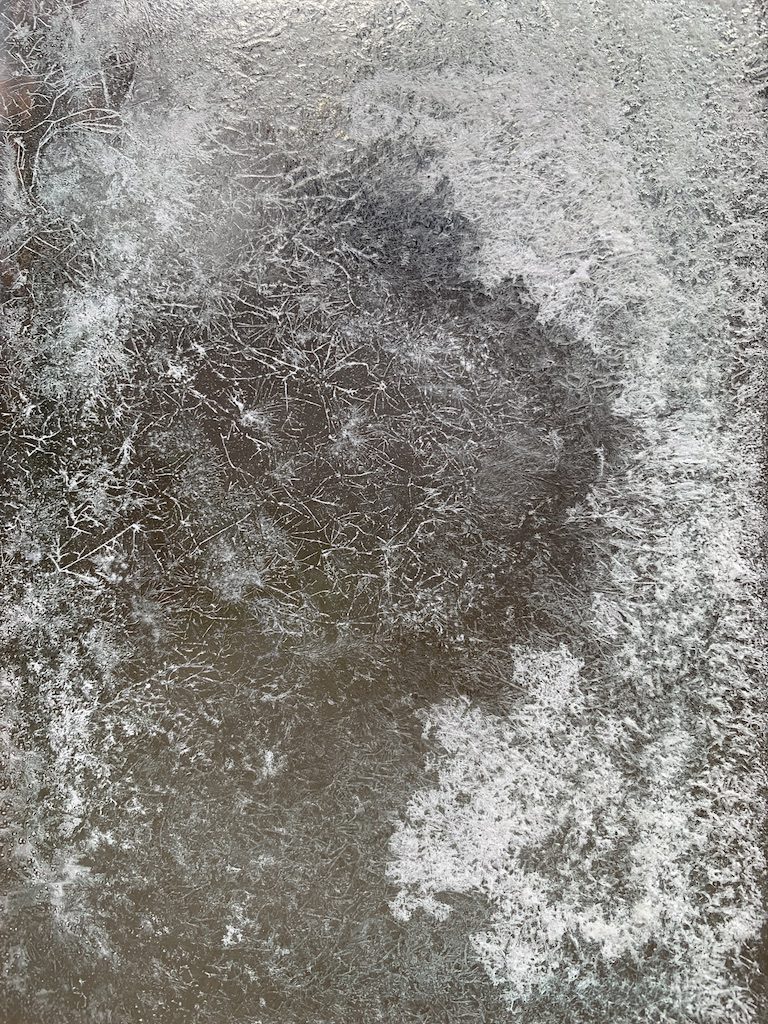
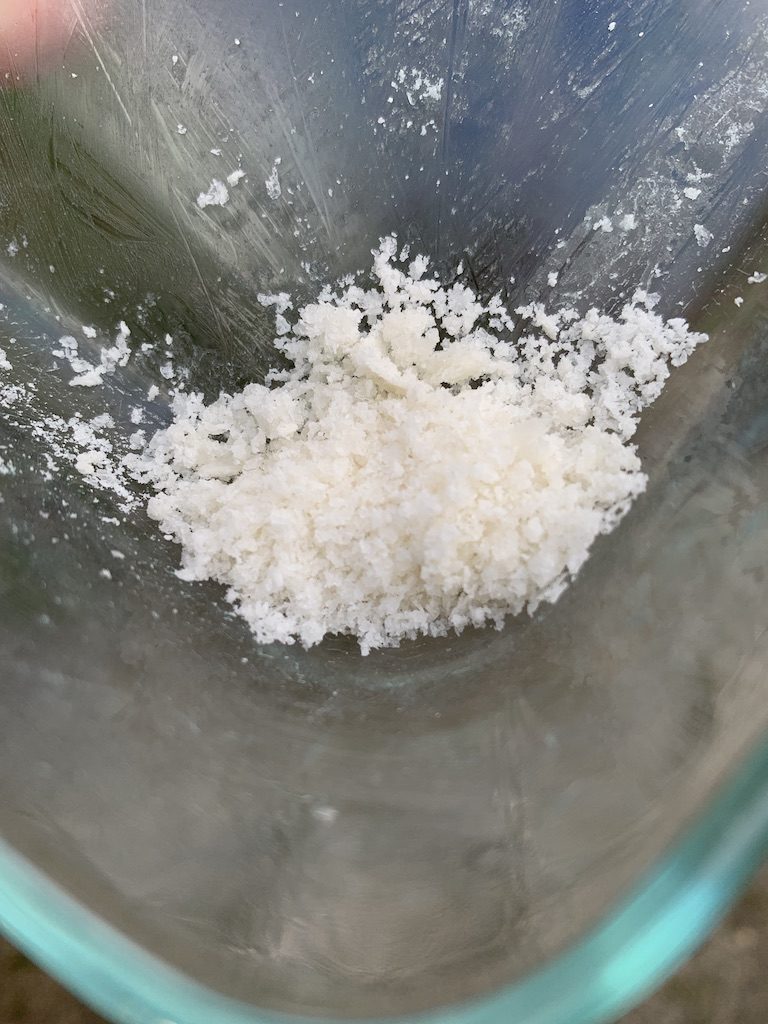
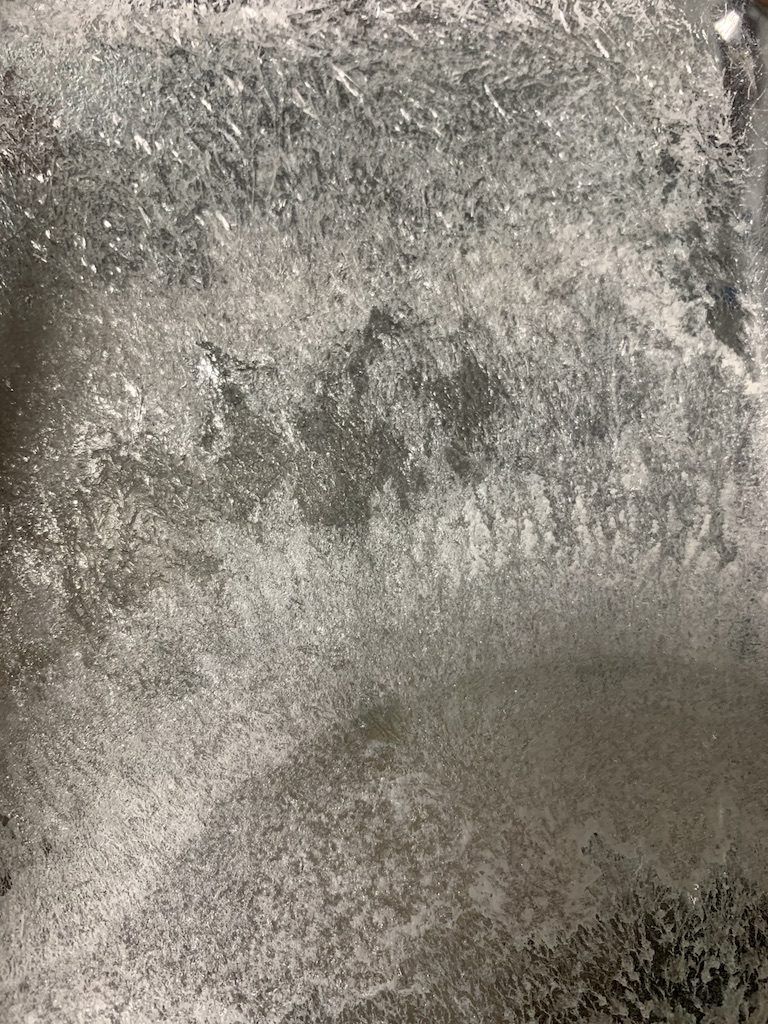
The Sulfur represents the Soul of Essence, the individual nature of the material that is being processed. This philosophical sulfur is represented by the essential oils in plants and generally presented as an oily substance in any material.
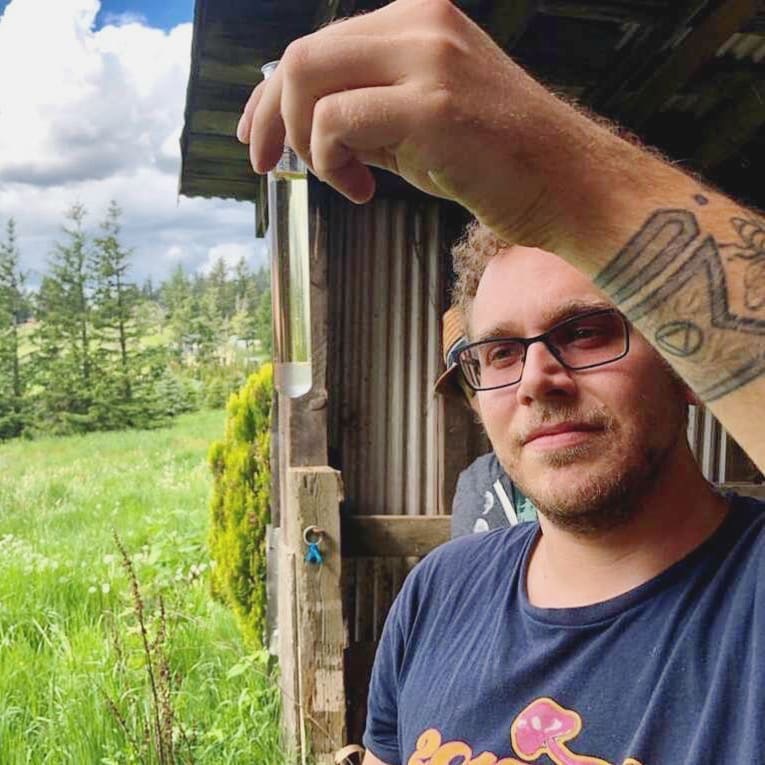

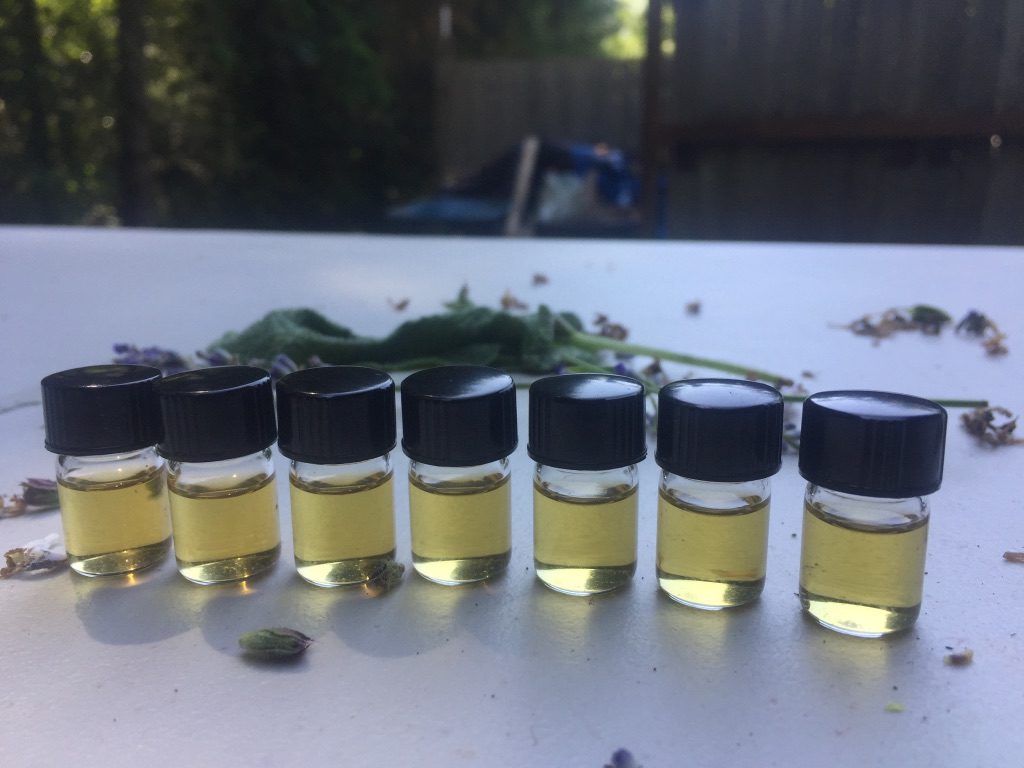
The Mercury represents the Spirit of the material, the universal properties. Again, in plants, this is represented by what we are so commonly familiar with as ‘Spirits’: Alcohol or Ethanol yielded from plant material.
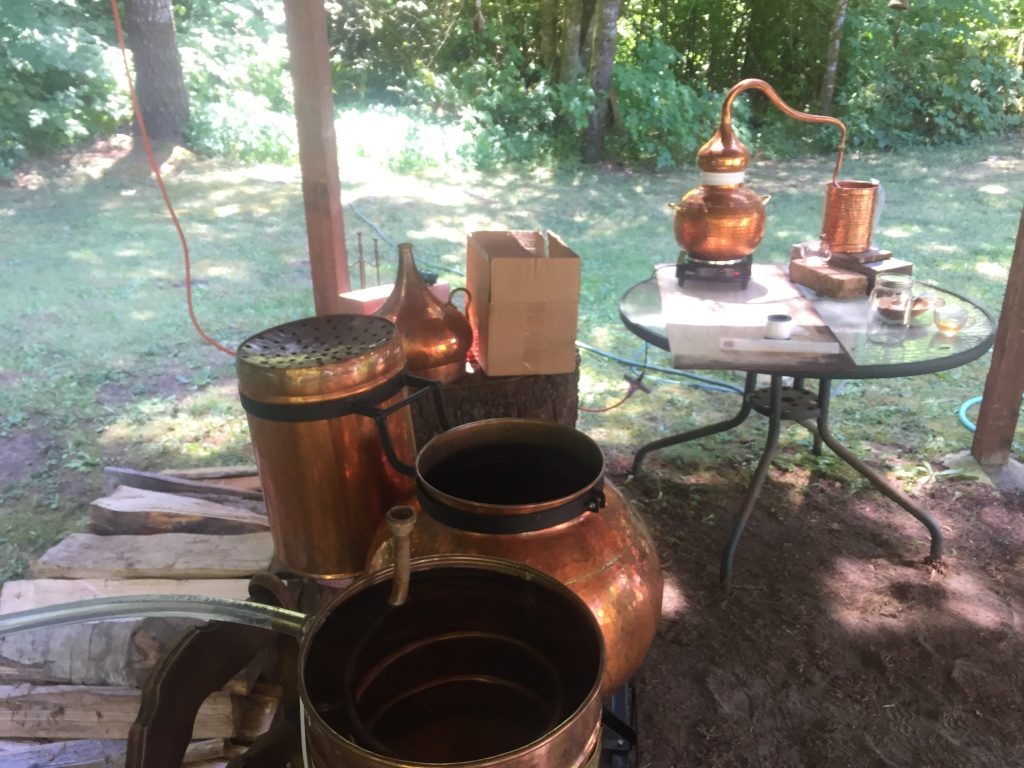
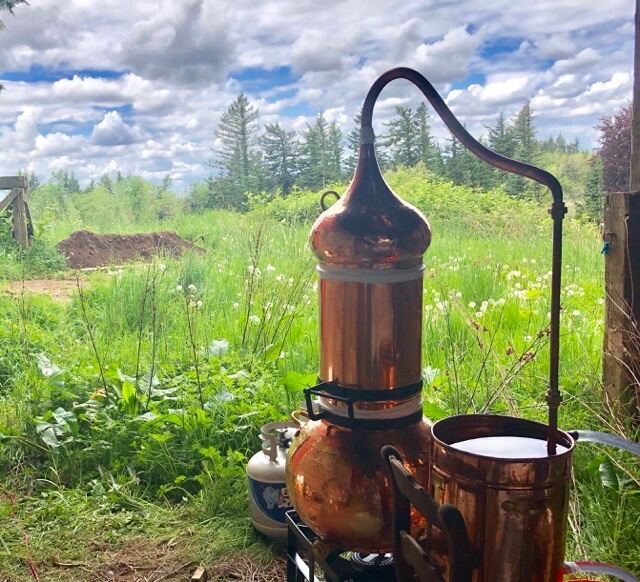
Now that these principles are generally defined, it would be of benefit to take a look at how the Salt, Sulfur and Mercury are attained from our material. For our purposes we will focus on the plant realm as it is foundational and in many ways the easiest representation to understand and conceptualize.
Capturing the Principles
In the most practical sense, this plays out really simply. You go into your garden or out in the forest and collect your desired plant material. As soon as possible that specimen is collected in a large vessel and set to fermentation. The plant dissolves into its primordial goo and the principles in the form of Mercury and Sulfur are released into solution while the Salt constitutes the plant body that remains intact.
Through the traditional Spagyric anatomy this ‘mash’ would be distilled to separate and yield the Mercury and Sulfur principles which will be driven off at different temperatures. The material left over would then be calcined and leached of its Salts.
For practical purposes in working with plant material, especially ones rich in volatiles, the following method is more suited for a proper separation:
Instead of starting the process with fermentation, the material will be initially distilled through steam or hydro distillation depending on what you are processing. This yields an essential oil from the plant while a handful of the fresh material is set aside. Once the Sulfur principle is attained in the form of a pure essential oil, and subsequently separated from its hydrosol, it is set aside and periodically burped to ensure maturation.
Next, the material that has been distilled is placed into a fermentation flask. The handful of fresh material set aside in the previous step is now added to the rest of the material and it is all covered with water, including the water left over from the distillation. Save the hydrosol separately as that is can be used in crystallizing mineral salts which we will discuss shortly.
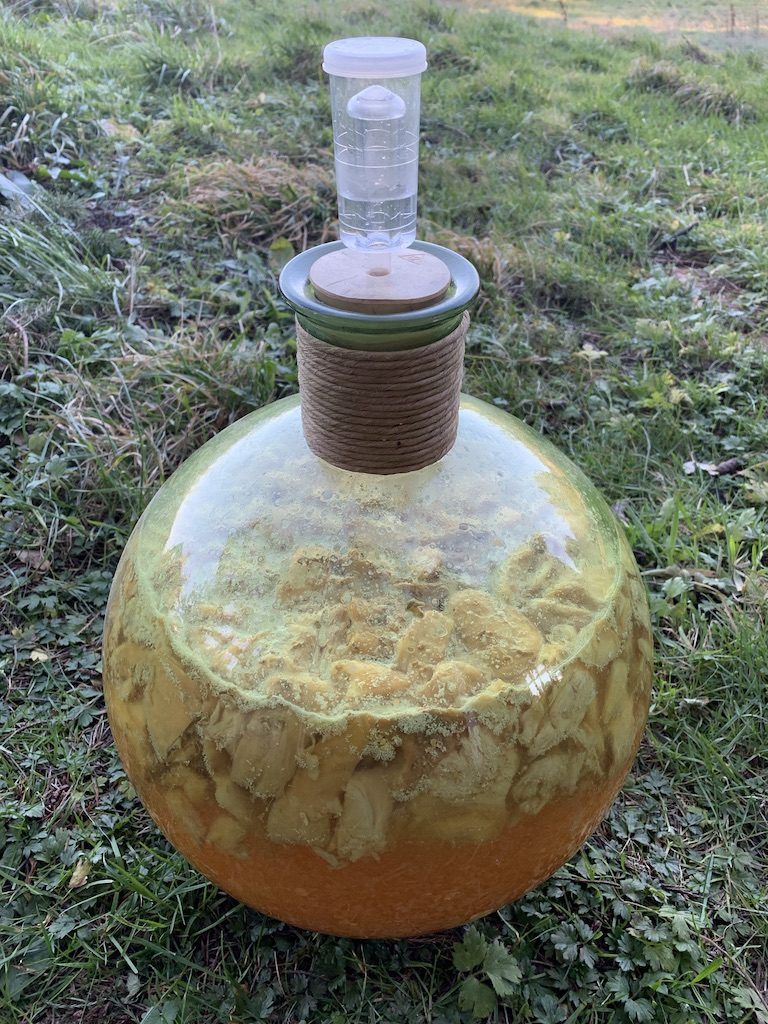
The material in the fermentation flask is capped with a fermentation lock to keep the air out for anaerobic fermentation, while letting CO2 build up release. This flask is set to ferment for 2-4 weeks or until it has stopped bubbling. This cessation in bubbling indicates that the fermentation process is complete.
The liquid that has been fermented is then distilled to yield the pure spirit from the ‘herb wine’ that has been produced through fermentation. That spirit is then distilled up to 6 more times to yield the pure Mercury.

Everything left behind in the distillation process is strained, collected, and boiled down into a thick tar or honey. In separate vessels this honey and the left-over plant material that has been strained out are calcined (burned) down into a find ash. The pure minerals are then leached from those ashes with distilled water or the hydrosol from the essential oil distillation. That water and mineral salt solution is slowly evaporated to yield the pure crystalline mineral salts.
Once separated and purified these principles are recombined to complete the Spagyric preparation. The pure Mercury is added to the Salt to once again enliven it. Then to this solution the Sulfur is added back and the whole extraction is set to digest at a warm temperature for at least a philosophical month.
In the end what you are left with is the material you started with in an exalted form, stripped of its impurities and what Aristotle would refer to as its accidental form; making it a medicine that is more wholistic, potent, and less prone to agitating constitutional imbalances within the patient. In essence you have attained a physiologically and spiritually potent preparation that exceeds the benefits of what may be considered lesser preparations.
These extracts are also considered to be living medicines as they contain all of the component parts that they began with and nothing is lost. Merely purified. Refined. Exalted into a more potent presentation of itself.
With a grasp of these principles and how they are practically attained, they act as paints within your alchemical pallet. With this understanding you can work with these different principles to yield different preparations that are more or less potent depending on how they are combined and what materials you are working with.
This foundational description is offered in attempt to ground what otherwise might seem like an intangible concept that has its foundation in practical application. Each step of the process is extremely nuanced and best understood through practice, as nobody can impart the ineffable nature revealed within laboratory and the natural world.
To dive into that understanding it is helpful to have a foundation to explore from. To have a set of ideas of how to move through and understand the practical implications of what is often construed as ethereal. It is with the utmost intention that this article may be that foundational piece for those who may have heard the word but have yet to grasp the concept.
Some great resources to check out in the practice and art of Spagyrics: Real Alchemy by Robert Allen Bartlett and The Spagyricus Institute (for in person training), Spagyrics by Manfred Junius, The Alchemist’s Handbook by Frater Albertus, Evolutionary Herbalism by Sajah Popham